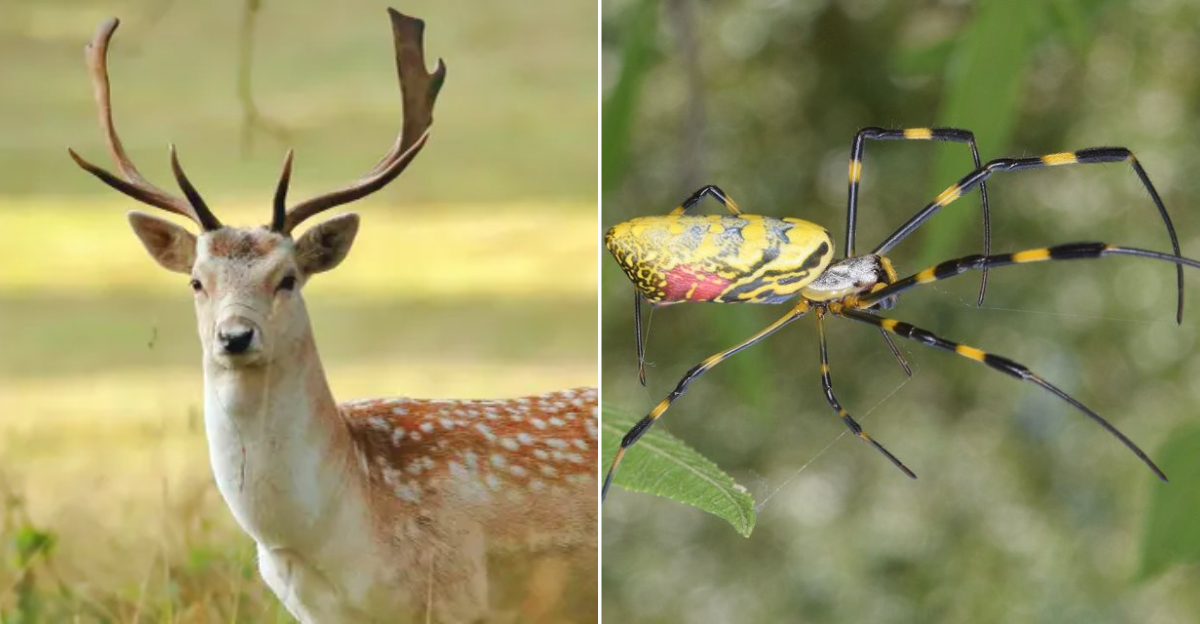Georgia’s natural beauty is no accident. It’s the result of delicate ecosystems working in harmony. But not every visitor plays nice.
Some invasive species have settled in and started causing serious trouble, pushing out native plants and animals and throwing things off balance.
From aggressive plants to sneaky critters, these invaders are more than just a nuisance. The good news? There are simple ways to step in and help protect the landscapes we love.
1. Kudzu: The Vine That Ate The South
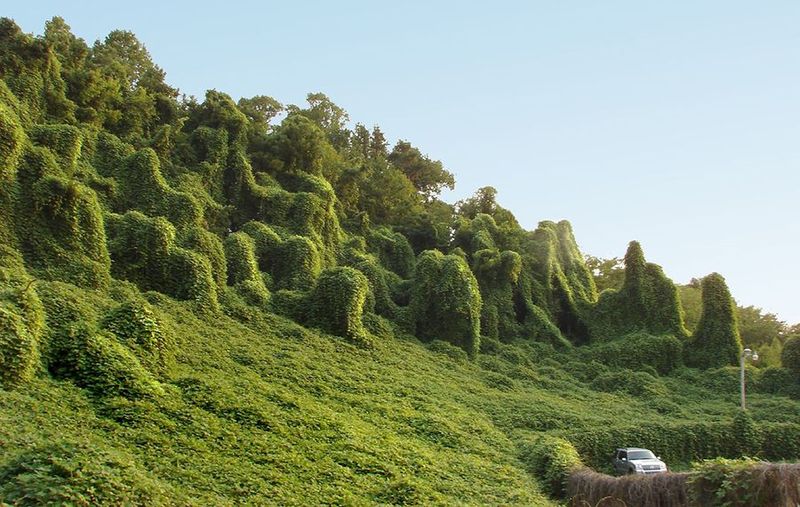
Originally imported as an ornamental plant in the 1800s, kudzu now smothers everything in its path at the alarming rate of up to a foot per day!
This green monster blankets trees, utility poles, and abandoned buildings across Georgia.
Homeowners can fight back by cutting vines near the ground and applying herbicide to the stumps. Regular mowing also helps keep this botanical bully at bay.
2. Argentine Black and White Tegu: The Lizard That Loves Eggs

These hefty reptiles with their distinctive black and white spotted pattern might look cool, but they’re bad news for Georgia wildlife.
Growing up to four feet long, these South American lizards have developed a taste for turtle and bird eggs.
If you spot one of these scaly invaders, don’t try to catch it yourself! Report sightings to Georgia’s Department of Natural Resources immediately.
3. Joro Spider: The Parachuting Arachnid
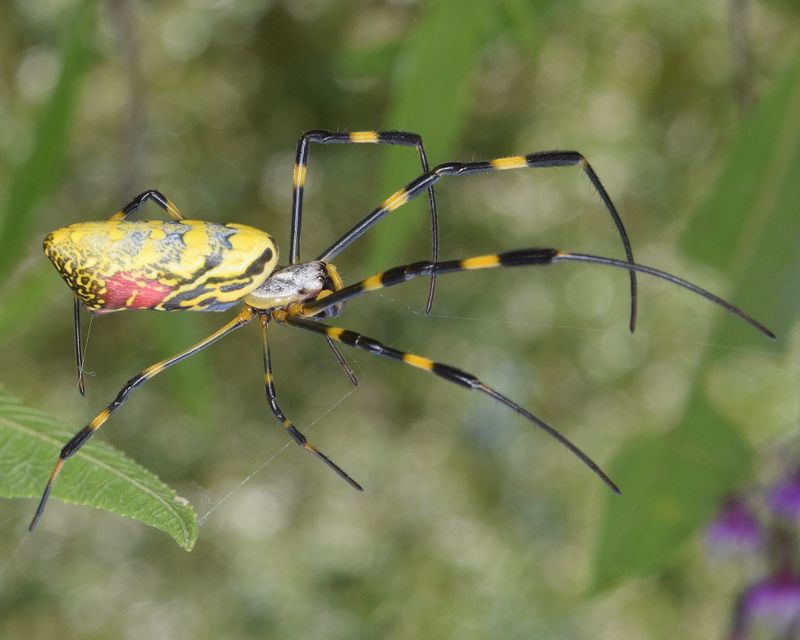
With legs spanning three inches and sporting vibrant yellow stripes, these Asian spiders first appeared in Georgia around 2014.
Unlike most invaders, Joros travel by “ballooning” – spinning silk parachutes to catch the wind and float to new territories!
While their webs are a nuisance, they rarely bite humans. Remove and destroy egg sacs (small papery brown balls) in winter to reduce next year’s population.
4. Chinese Privet: The Hedge From Hell
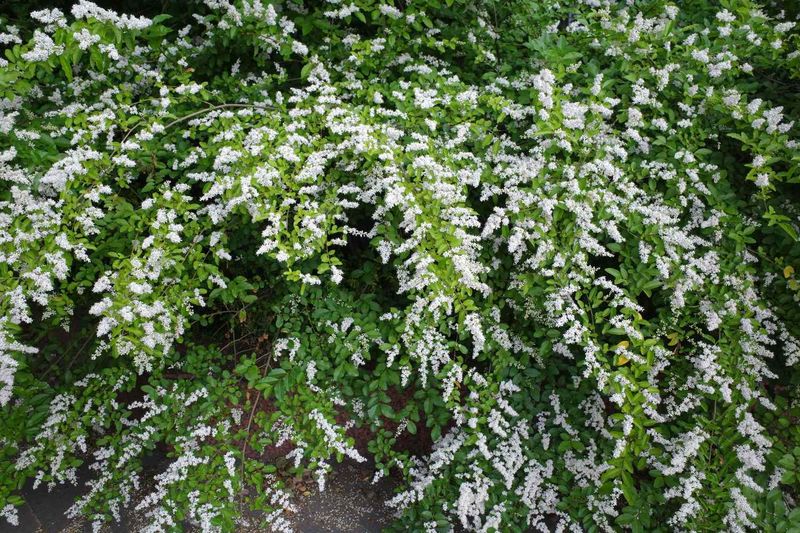
This seemingly innocent shrub with small white flowers creates dense thickets that choke out native plants. Birds love its berries, unfortunately spreading seeds far and wide throughout Georgia’s forests.
Smaller plants can be pulled by hand (wear gloves!), while larger specimens require cutting and immediate herbicide application to the stumps.
Replace with native alternatives like Virginia sweetspire or American beautyberry.
5. Fallow Deer: The Elegant Interloper
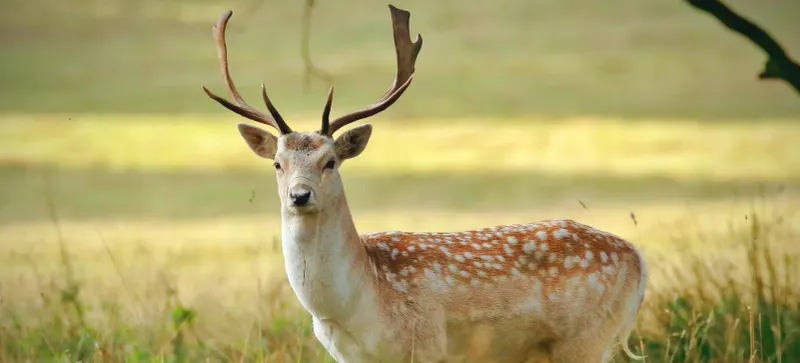
Don’t be fooled by their dappled coats and palmated antlers! These European deer compete with our native white-tailed deer for food and habitat while potentially spreading disease.
Escaped from hunting preserves decades ago, they’ve established breeding populations in parts of Georgia.
Hunters can help control numbers, but check regulations first – special permits may be required for these non-native deer.
6. Cane Toad: The Toxic Hopper
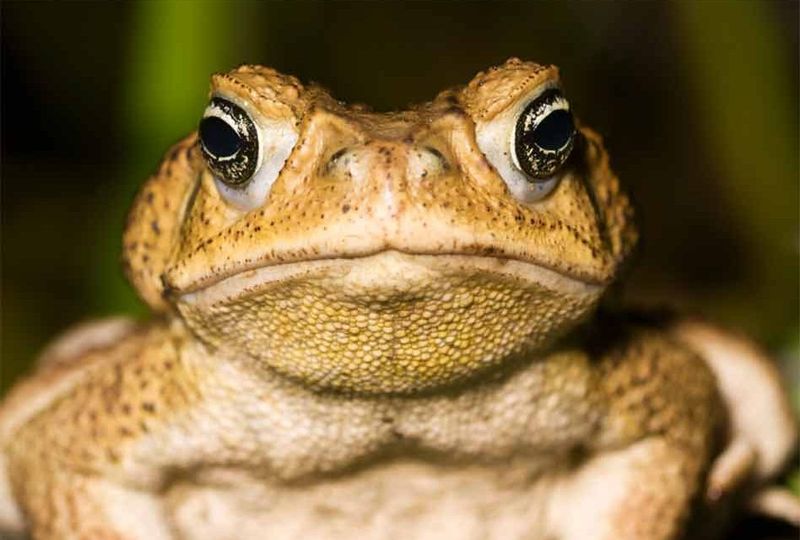
These warty giants secrete a poisonous milk that can k*ll pets who try to eat them! Native to South America, cane toads have been spotted in southern Georgia, likely escapees from the pet trade.
They’re voracious eaters, gobbling up native insects, small reptiles, and even bird eggs. If you spot one, take a photo (don’t touch!) and report it to wildlife authorities immediately.
7. Chinese Mystery Snail: The Underwater Invader

The name isn’t just catchy – these aquatic snails were truly mysterious to scientists when first discovered!
Growing to the size of a golf ball, they crowd out native mollusks and potentially alter water chemistry in Georgia’s lakes and rivers.
Anglers and boaters should thoroughly clean equipment between waterways to prevent spreading these sneaky stowaways. Never release aquarium pets into the wild!
8. Brown Anole: The Backyard Bully
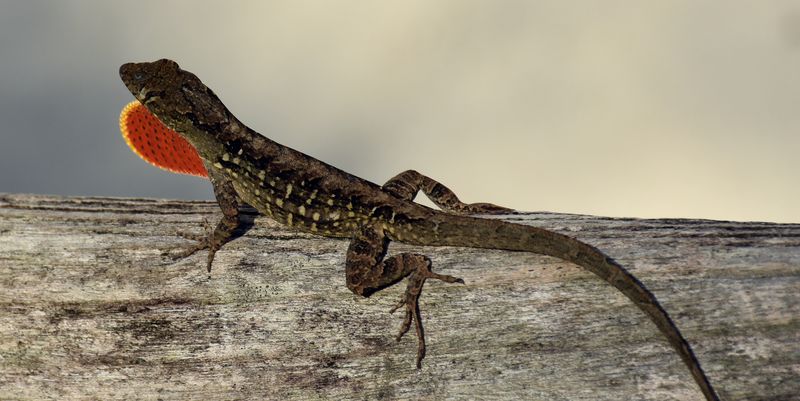
These fidgety little lizards with their signature dewlaps (throat fans) might seem harmless, but they’re pushing out Georgia’s native green anoles.
First spotted in the 1940s, they’ve now taken over urban and suburban areas across the state. Brown anoles eat the same insects as our native species and aggressively compete for territory.
Creating brush piles and planting native shrubs can help give green anoles refuge from these invasive bullies.
9. Cogongrass: The Golden Menace
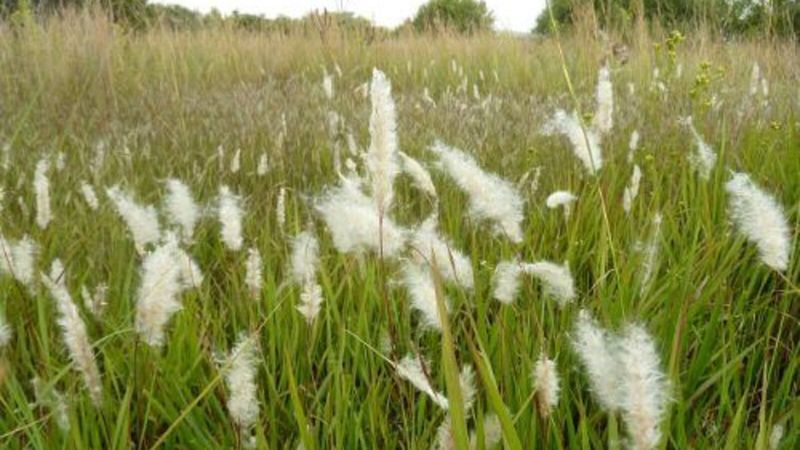
Those pretty golden fields you might spot along highways hide a sinister secret – cogongrass creates fuel for super-hot wildfires!
Its serrated leaves and fluffy white seedheads might look innocent, but this grass forms dense mats that nothing else can grow through.
Report suspected patches to county extension offices. Early detection is crucial since established patches require years of treatment with specialized herbicides.
10. Salvinia Molesta: The Floating Nightmare
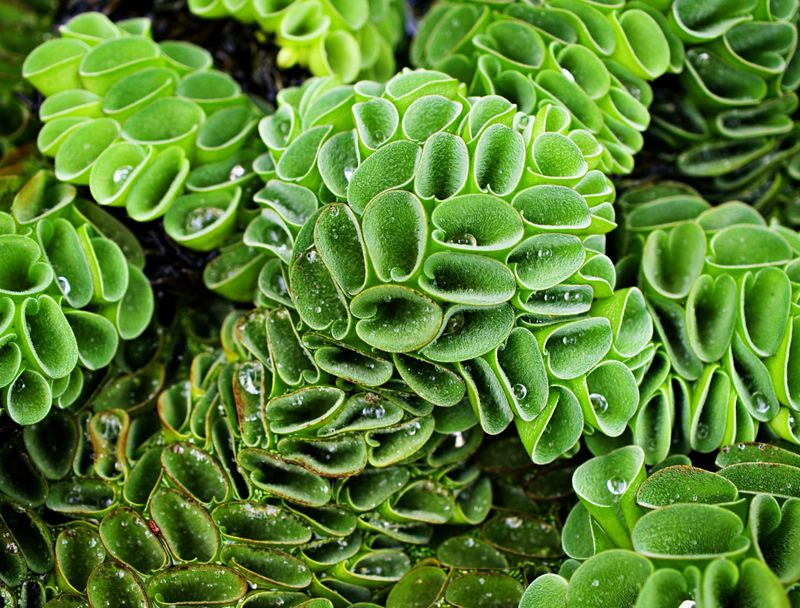
Don’t let the delicate appearance fool you – this floating fern doubles its size every week!
A single plant can become 4,000 in just a month, forming thick mats that suffocate aquatic life and make boating impossible in Georgia’s ponds and lakes.
Never dump aquarium contents into natural waterways. Boaters should meticulously clean equipment between water bodies. Early detection is crucial, so report suspicious floating plants to DNR immediately.
